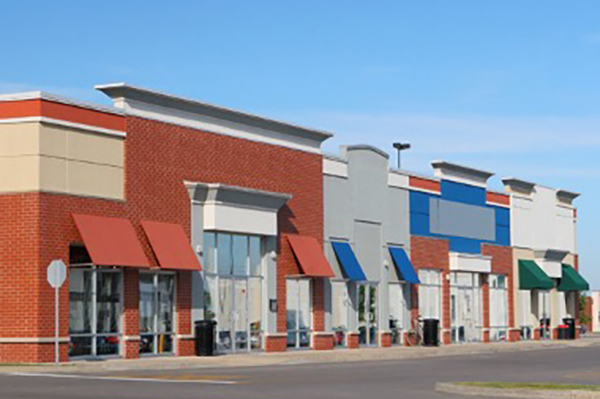Commercial real estate (CRE) is a multifaceted industry encompassing properties solely dedicated to business purposes. Unlike residential real estate, which predominantly comprises homes, CRE includes diverse assets like shopping malls, medical offices, and senior living communities. Understanding the fundamentals of CRE is paramount for various stakeholders, from brokers to investors and lenders.
Learning about CRE differs from residential real estate due to longer lease terms, larger spaces, and higher capital requirements. Market dynamics within CRE vary significantly across different property types, necessitating a nuanced approach to research and analysis.
The COVID-19 pandemic highlighted how market conditions affecting one CRE sector can differ dramatically from another. For instance, while e-commerce growth boosted warehouse demand, it posed challenges for retail properties. Similarly, shifts in travel impacted the hotel sector, while multifamily properties benefited from increased rental demand due to mortgage rate hikes.
Within the multifamily sector, properties are classified into Class A, B, and C based on factors like construction quality and location. Class A properties, often luxurious with top-tier amenities, command premium rents and attract high-quality tenants. In contrast, Class C properties may require renovation and cater to tenants with lower credit scores.
Affordable housing, senior housing, and student housing are niche segments within multifamily, each serving specific demographic needs. Industrial properties, including warehouses and flex spaces, cater to long-term tenants and experienced increased demand during the pandemic due to e-commerce growth.
Office properties, categorized into classes based on quality and amenities, saw a shift in demand towards more desirable, comfortable spaces post-pandemic. Medical offices, tailored for outpatient services, and retail properties, ranging from malls to single-tenant outlets, face unique challenges and opportunities in an evolving market.
Hotels, with tiers ranging from economy to luxury, cater to short- to medium-term visitors, each offering distinct amenities and experiences. Self-storage facilities, bridging industrial and retail sectors, provide storage solutions to individuals.
Land encompasses agricultural, infill, and brownfield sites, each presenting different development opportunities. Non-competitive CRE includes government buildings and schools, outside the conventional commercial real estate market.
In conclusion, navigating the complexities of CRE requires a comprehensive understanding of its various sectors and subcategories. Whether you’re an investor, developer, or tenant, staying abreast of market trends and property dynamics is essential for success in this dynamic industry.
Article for reference: https://cre.moodysanalytics.com/insights/cre-trends/types-of-commercial-real-estate/

